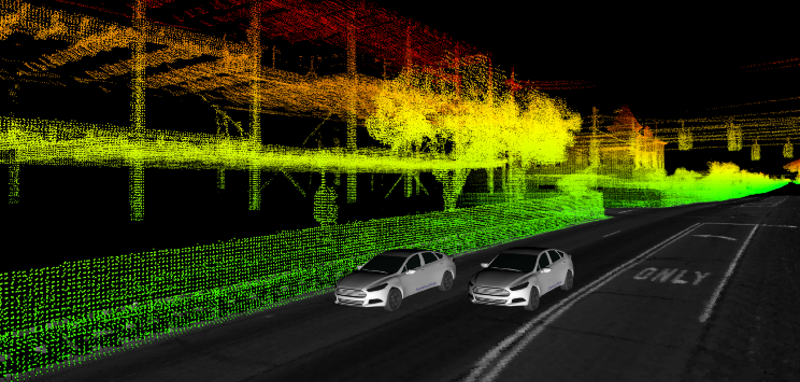Researchers at the Queensland University of Technology (QUT), working with the Ford Motor Company, say they have found a way to tell an autonomous vehicle which cameras to use when navigating.
Prof. Michael Milford, joint director of the QUT Centre for Robotics, Australian Research Council Laureate Fellow and senior author, explained that the research stems from a project looking at how cameras and lidar sensors can better understand the world around them.
“The key idea here is to learn which cameras to use at different locations in the world, based on previous experience at that location,” said Prof. Milford. “For example, the system might learn that a particular camera is very useful for tracking the position of the vehicle on a particular stretch of road and choose to use that camera on subsequent visits to that section of road.”
The research took place as part of a larger fundamental research project with Ford, which has been published in the IEEE Robotics and Automation Letters journal and will also be presented at the upcoming IEEE/RSJ International Conference on Intelligent Robots and Systems in Kyoto, Japan, in October.
Dr Punarjay Chakravarty, who led the project on behalf of the Ford Autonomous Vehicle Future Tech group, added, “Autonomous vehicles depend heavily on knowing where they are in the world, using a range of sensors including cameras. Knowing where you are helps you leverage map information that is also useful for detecting other dynamic objects in the scene. A particular intersection might have people crossing in a certain way, for example.
“This can be used as prior information for the neural nets doing object detection and so accurate localization is critical, and this research allows us to focus on using the best camera at any given time.”


